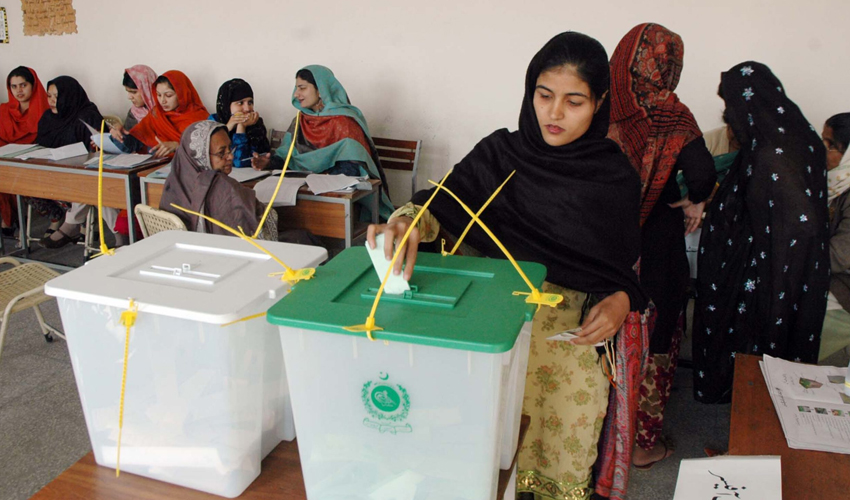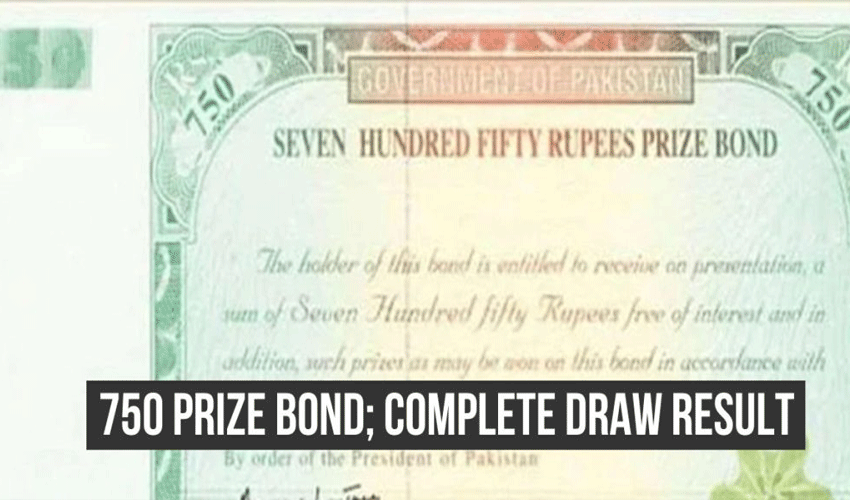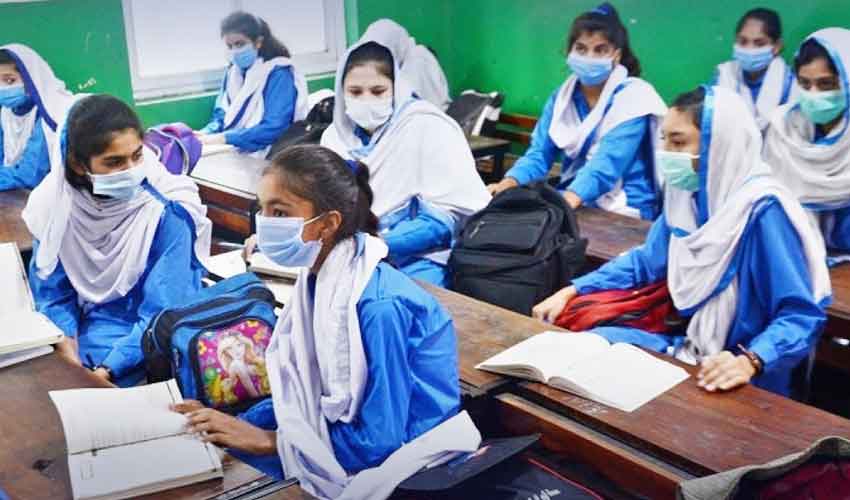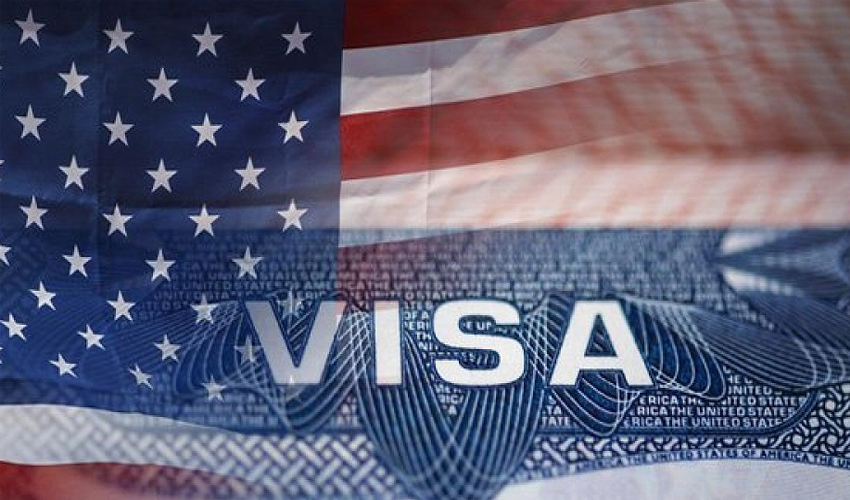The Free and Fair Election Network (FAFN) released a review report on voter turnout for the February 2024 Pakistani elections, revealing a decrease compared to 2018. However, the report also highlights a positive trend: a narrowing gender gap in voters.
According to FAFEN's analysis of Form 47 data from 264 National Assembly constituencies, approximately 47.6% of registered voters cast their ballots in 2024, compared to 52.1% in 2018. This represents a decrease of about 4.5%.
While the highest turnout was seen in Tharparkar (70.9%), South Waziristan registered the lowest at 16.3%. Interestingly, Islamabad, which had a turnout of 58.3% in 2018, saw a significant dip to 54.2% this year.
The report also highlights the increase in registered voters, from 100.6 million in 2018 to 120.86 million in 2024. However, despite this growth, the overall voting percentage dropped.
Khyber Pakhtunkhwa experienced the biggest drop in turnout, falling from 44% to 39.5%. Punjab and Sindh also saw declines, dropping from 56.8% to 51.6% and 47.2% to 43.7% respectively. Balochistan's turnout remained relatively stable, going from 45.3% to 42.9%.
Despite the overall decrease in turnout, the report paints a positive picture for women's participation. FAFEN commends the significant improvement in female voter engagement, with no constituency recording less than 10% turnout from women in 2024. This represents a significant increase compared to 2018.
However, the report also acknowledges the persistent gender gap. While the turnout of male voters was 55.6% in the analyzed constituencies, it was only 45.6% for women. This highlights the need for further efforts to encourage women's political participation.
The report raises concerns about 20 constituencies where returning officers did not record male and female voter numbers separately, hindering a more comprehensive analysis.



























